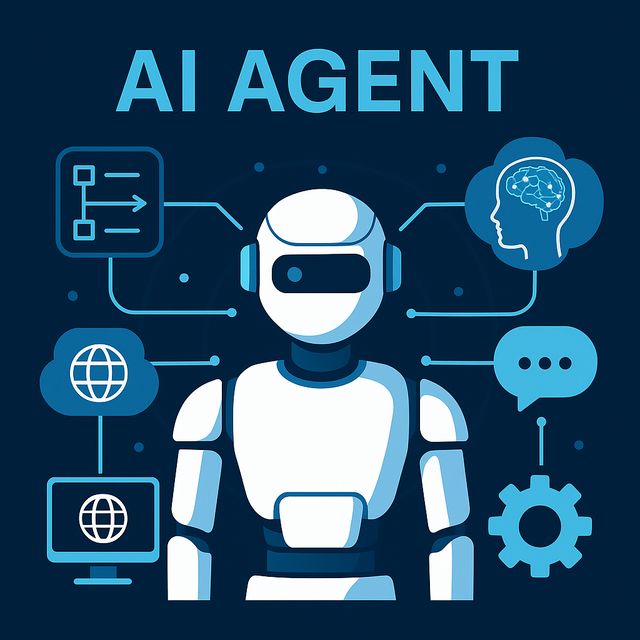The rapid evolution of artificial intelligence has fueled an unprecedented demand for high-performance GPUs, driving competition among leading tech giants like Meta, Amazon, Microsoft, and Google. At the center of this race is NVIDIA, whose GPUs have become the backbone of AI-driven applications and data center operations. As companies seek to build the most powerful AI infrastructures, they are scrambling to secure access to the most advanced GPU hardware to gain a competitive edge.
Why GPUs Are Essential for AI
GPUs play a critical role in AI workloads due to their ability to process massive amounts of data in parallel. Unlike traditional CPUs, which handle sequential tasks efficiently, GPUs excel at handling multiple tasks simultaneously, making them ideal for training complex deep-learning models. The high computational power of GPUs accelerates AI training processes, enabling businesses to develop cutting-edge models in areas such as natural language processing, computer vision, and recommendation systems.
The surge in AI applications has led to a supply crunch, with major corporations vying for dominance by securing large quantities of GPUs. NVIDIA, the leading supplier, offers powerful AI-optimized products such as the H100 Tensor Core GPU, designed specifically for deep learning and high-performance computing. Companies like Meta are investing billions in AI infrastructure, acquiring thousands of GPUs to power their AI models for social media analytics and the metaverse.
Amazon Web Services (AWS), a cloud computing giant, has been aggressively expanding its GPU offerings, providing enterprises with scalable AI services powered by NVIDIA hardware. Similarly, Microsoft Azure and Google Cloud are competing to offer the most efficient AI infrastructure by leveraging GPUs for cloud-based machine learning platforms and AI-driven applications.
In response to the overwhelming demand, other companies such as AMD and Intel are stepping up their efforts to challenge NVIDIA’s dominance. AMD’s MI300 series and Intel’s Gaudi processors are gaining traction in the AI space, offering alternative solutions for enterprises seeking to diversify their hardware dependencies.
Recent Developments and Industry Challenges
The insatiable demand for GPUs has led to supply chain challenges, with manufacturers struggling to meet the growing needs of AI-driven businesses. Many organizations are facing difficulties in acquiring the latest GPUs, leading to delays in AI deployments and innovation. In addition, rising costs of high-end GPUs are forcing companies to optimize their AI strategies and explore hybrid solutions that combine on-premise and cloud-based computing.
Furthermore, the energy consumption of large-scale AI infrastructure remains a significant challenge. As companies expand their data centers to accommodate more GPUs, they must address sustainability concerns and invest in energy-efficient cooling and power solutions.
The ongoing war for GPUs is a testament to the critical role that AI plays in shaping the future of technology. As companies continue to invest heavily in AI infrastructure, the competition for cutting-edge hardware will only intensify. Whether through partnerships, acquisitions, or technological innovations, the race to secure the best AI hardware will define the next era of digital transformation.


